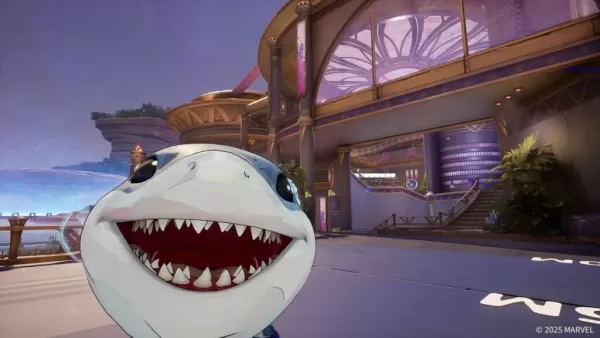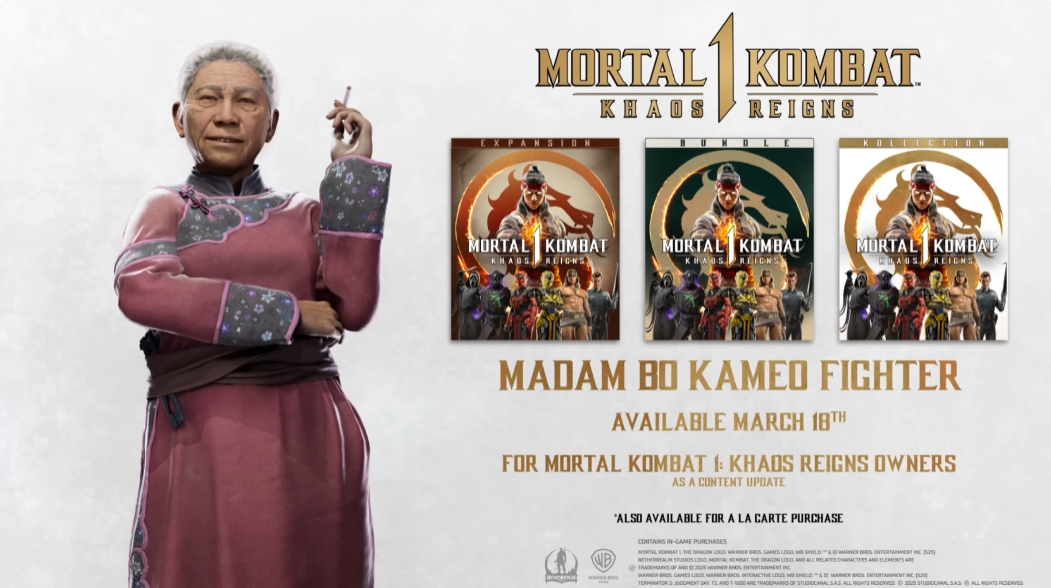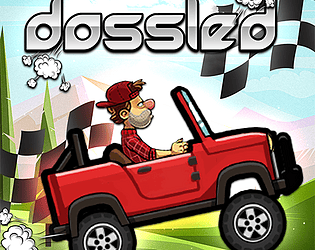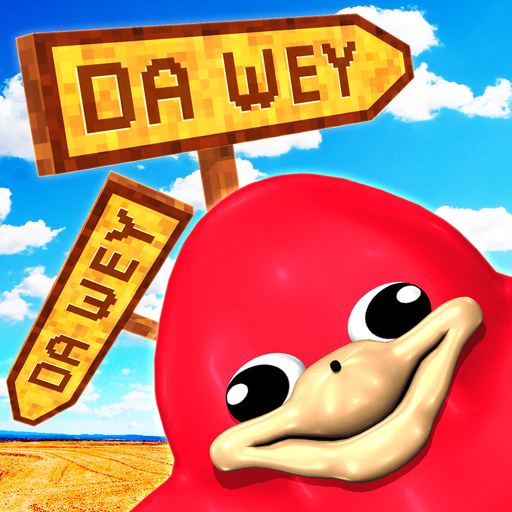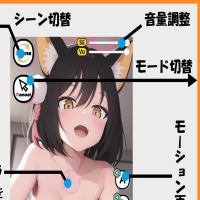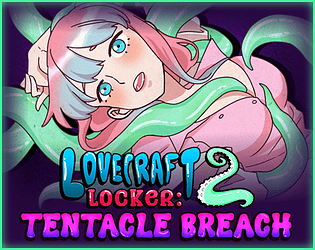Dracula. The Frankenstein Monster. The Invisible Man. The Mummy. And let's not overlook the Wolf Man. These iconic monsters have evolved and transformed over the years, transcending their original portrayals while continuing to terrify audiences across generations. We've recently seen a new take on Dracula in Robert Eggers' Nosferatu, and now Guillermo del Toro is bringing us a fresh Frankenstein. Meanwhile, writer-director Leigh Whannell is putting his spin on the Wolf Man.
But how does a filmmaker like Whannell capture the interest of modern audiences with yet another werewolf movie, especially focusing on the Wolf Man? How do these filmmakers, as Whannell points out, rekindle the fear and relevance of these classic monsters?
To delve into this, arm yourself with torches, wolfsbane, and stakes—and a readiness to explore the deeper metaphors within monster narratives. We had the opportunity to discuss with Whannell the impact of classic monster movies on his work, his approach to reviving iconic figures like the Wolf Man in 2025, and why these stories still matter today.

